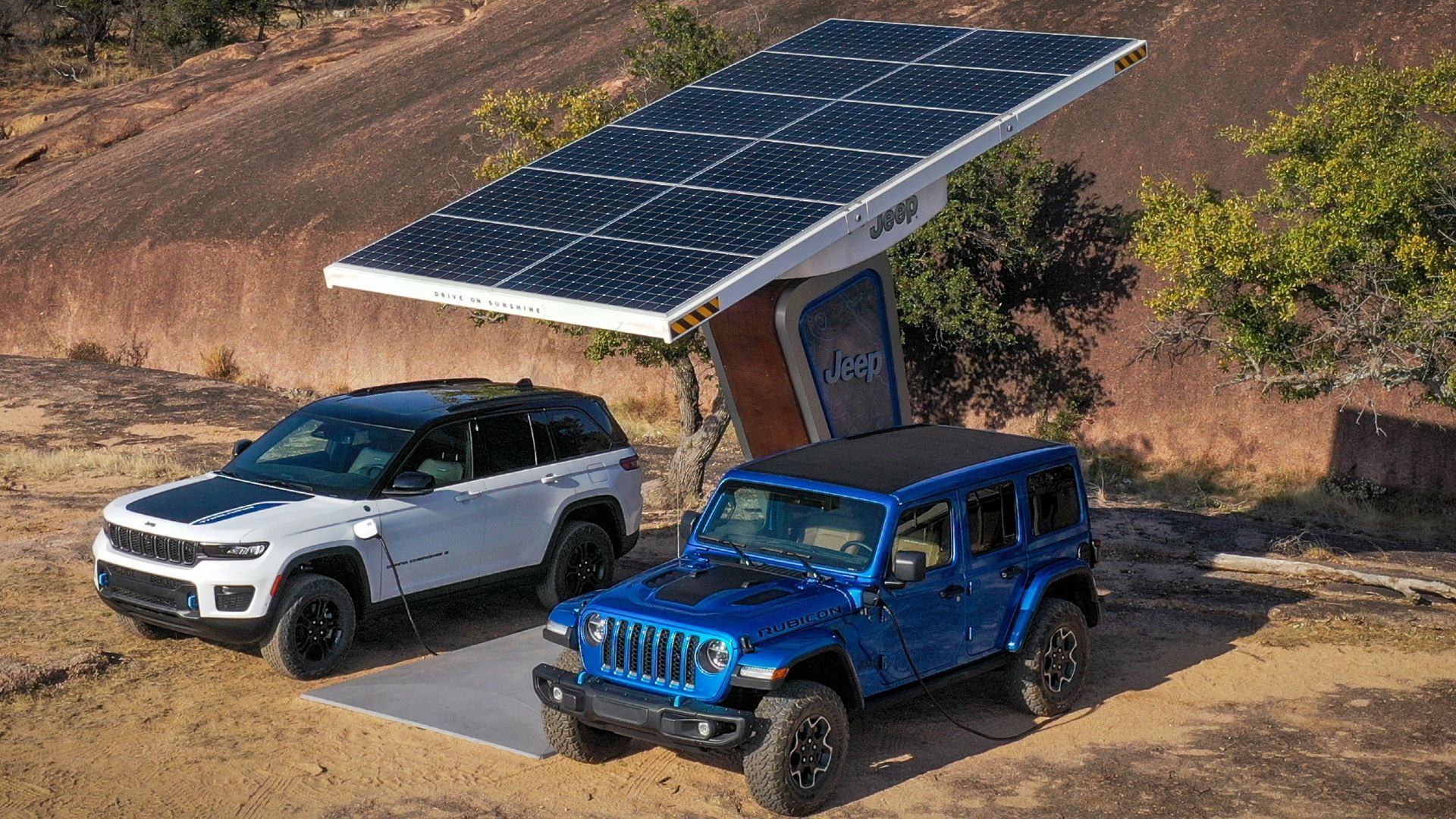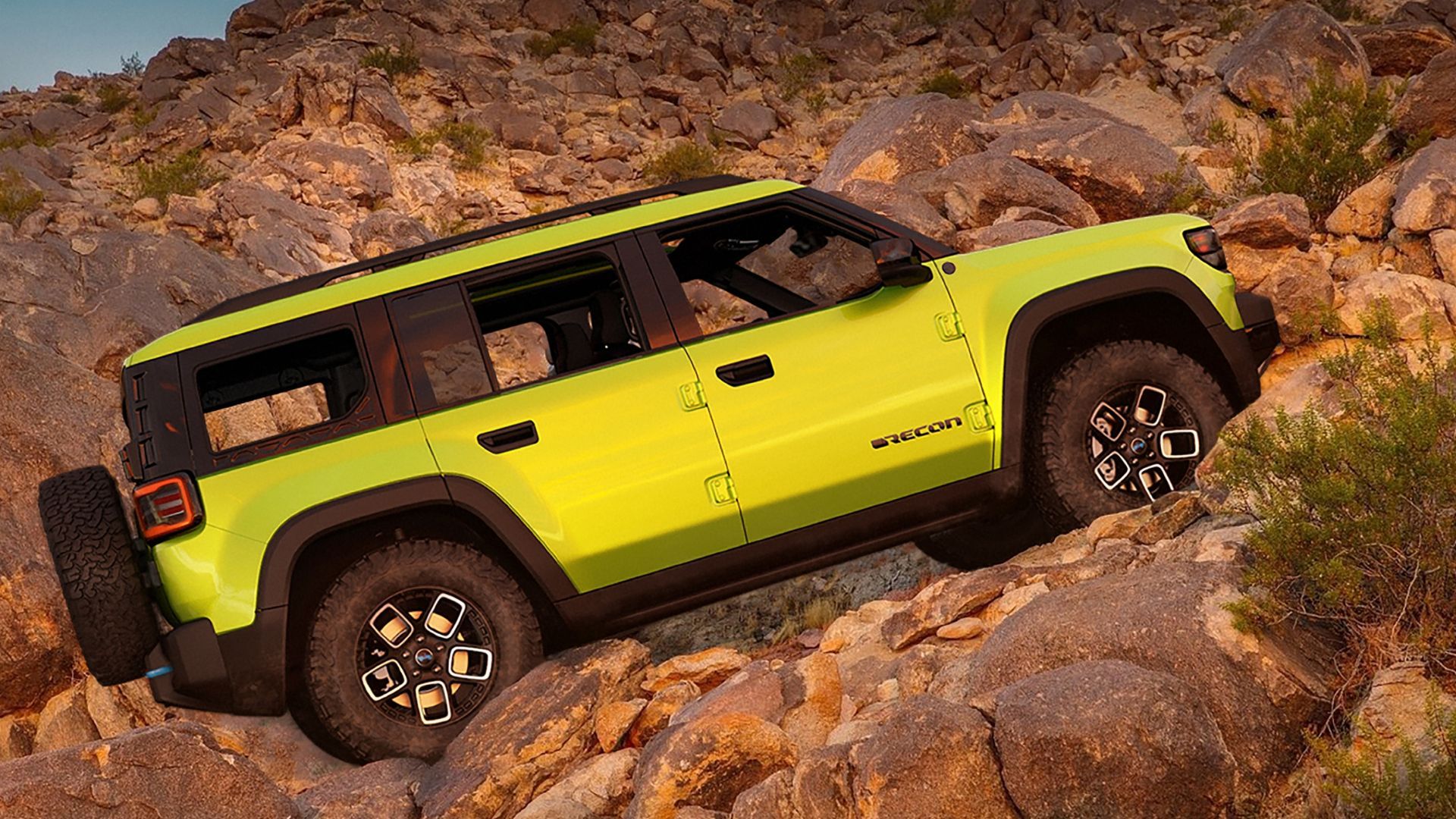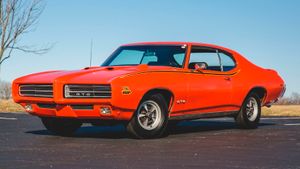Why not add a few billboards, too?
Taking a page out of Tesla’s playbook, Jeep wants to incentivize potential customers by placing chargers where it feels they need them most: at remote trailheads. At first blush, this plan might seem genius, just the thing to build Jeep’s credibility as the whole automotive industry moves toward electrification. But if you start to really think things through, plenty of things could go wrong.
Learn more about Jeep’s future electric plans here.
Already, Jeep has installed charging stations at four remote locations, with another 18 planned for popular trails in North America. In other words, if you like to hit some of the more-traveled pathways for Jeeps, you’re likely to see these things. Obviously, these are to get off-road enthusiasts thinking they should consider a plug-in Jeep.

Here’s the sad truth: many people who own Jeeps don’t go off-roading. I know I’m stating the obvious, but not everyone knows this obscure fact. What’s more, plenty of people in the hobby view EVs and even plug-in hybrids with great skepticism. I doubt plunking these charging stations at trailheads is going to change those attitudes. In fact, it might have the exact opposite effect.
As off-roaders, many of us staunchly believe in leaving a trail looking at least the same if not better than when we come along. That includes picking up trash slobs throw on the ground, clearing natural debris from the trail, and taking measures to prevent erosion to the trail and its immediate vicinity. Just like hunters, off-roaders for the most part greatly respect nature. Seeing a big charging station where before we could enjoy nature unobstructed would be, quite frankly, insulting.
Sure, these charging stations might look fairly sleek, proponents might argue, but so do flashing signs on the Las Vegas Strip. That doesn’t mean I want to see them in the middle of the Moab wilderness or in the Sierra Nevadas. Plus, sitting out in the elements week after week, year after year, these things aren’t going to keep looking good.

Unfortunately, there are people who go out into the wilderness to party. We see evidence of this often in the form of beer cans/bottles. Do you think those types will respect these chargers? I can see them being vandalized just like the air pumps at gas stations, maybe even worse. That would make your electric Jeep a little less practical.
With the solar panels prominently displayed on these stations, I’m assuming Jeep isn’t going to be running wiring to them, drawing at least in part off a local power grid since those would be miles and miles away. Considering how little electricity is generated by each square inch of solar panels using current technology, even on sunny days these stations might not be able to charge many Jeeps before they run out of juice. That’s if people really take to them. I guess if only a small number of people who actually ride on trails take to this trend, they’ll be more practical.

Many of these drawbacks are mitigated by a plug-in hybrid like the Jeep Wrangler 4xe. But with the batteries, these make the rig a portly 5,100-plus lbs. which isn’t great for traversing sand, mud, and obstacles. Any benefits the electric powertrain might provide on a trail is likely wiped out by the additional weight. But other than that they’re great.
Australian automotive website Drive has revealed that Jeep plans not only to litter remote trailheads in North America with these chargers, but wants to do the same thing Down Under. At least Australians get to share our misery of progress.
Photos via Stellantis






